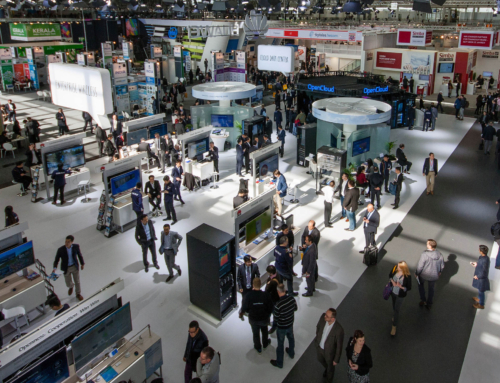I think it’s safe to say most event planning begins with a date. The date is set and every milestone and task is inputted backwards from there until you inevitably land on today’s date and realize you’re already behind.
Great! Is anyone else experiencing sudden onset exhaustion?
Believe it or not, a little dose of content marketing can clear your head and help you focus on driving event attendance instead of chasing deadlines. Here’s how.
Step 1: Write your headline
Before you secure speakers or draft promotional emails, help shape your event beyond a date and topic by writing an ideal headline for it – the one thing you want to resonate with your audience while they are at the event and remember long after. This will simultaneously keep your initial messaging focused while ensuring the target audience knows what’s in it for them.
Step 2: Interview your experts
Someone at your company is responsible for this event. Sit down with that person to better understand what they are trying to achieve, what’s important about the topic, and what the audience can learn. Once you have speakers lined up, a 30-minute phone interview can give you a powerful synopsis to work with and will most likely help them get started on their presentations.
Step 3: Publish a thought leadership article
Connect the information from the interviews with trending topics in your industry to draft a thought leadership article. If it’s too early to plug the event, addressing the issue will help establish the need for the future. If you are ready to accept attendee registration, include details and links at the end.
Step 4: Promote in a meaningful way
Take pieces of the thought leadership article to create social media posts, advertising copy, email communications, and media pitches. Link all digital efforts back to the article on your company website. In doing to, your event promotion will stand out above others because you are providing valuable information and real expectations — not a handful of vague bullet points.
Step 5: Collect new content at the event
So you may be thinking you gave away all of your follow-up fodder before the event even took place. Not true! Remember, your expert article was based on the intention of the event, not the actual presentations. Continue your research on this timely topic by capturing video of the speakers, interviewing expert attendees, taking notes during the Q&A or conducting a survey.
Step 6: Deliver the goods
You now have a content goldmine. Don’t waste it on event recaps and rushed thank you emails. Develop a white paper, quick tips sheet, best practices guide, infographic… whatever will be most effective for attendees to apply the event learnings moving forward. Send it as a thank you, but then quickly switch gears to cater to all those non-attendee leads out there by promoting it as a free download in exchange for contact information.
In following these steps, you will have done more than added substance to your event marketing. Attendance is now driven by the expertise your company is willing to give away for free on a regular and long-term basis.








